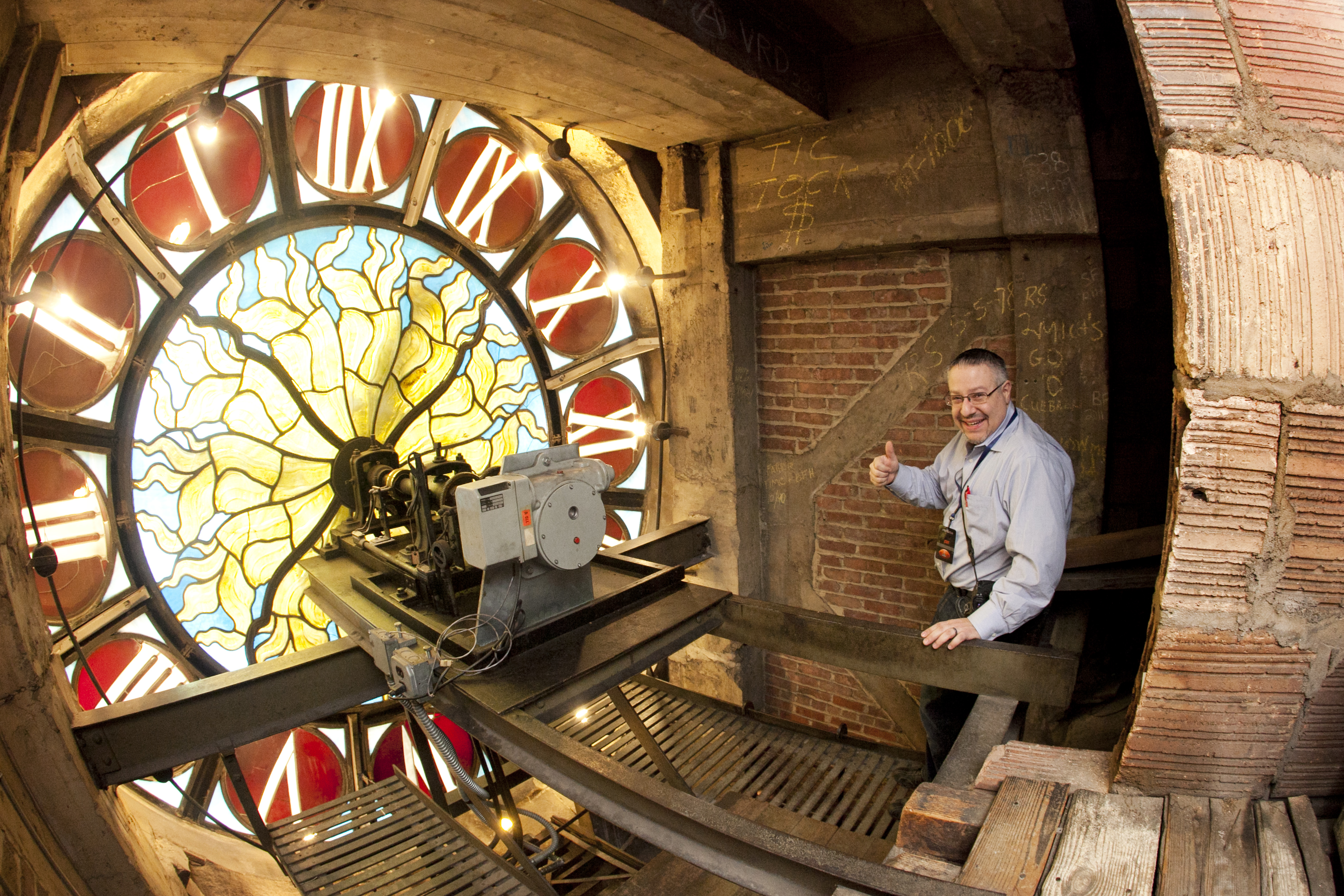Get In Front – Make Friends
While in the city a few years ago I had the opportunity to tag along on a tour that would present itself to being an opportunity few get to even walk in on – let alone get taken on. When it was clear that not all the seats were taken for this tour I took the opportunity to grab a friend I was with and try to get into the tour – at the last minute – we’re greeted with a “Hello, how are you” and we head for the street.
The Tour
We follow the team and we’re in a group now – 12-15 people or so. We get onto a bus and get promptly dropped off at Grand Central Terminal – we are then introduced to one of the best and most knowledgeable people for this Historical Landmark. This person is beyond animated – beyond personable and totally awesome to be with.

Dan B. from the Metro North Railroad that would bring us through the terminal and show us all the “sorta” secret things.
Our host discusses the clock which is just one of the many amazing fixtures in the Terminal – 4 opal faces and auction houses have valued it at $10M or more.
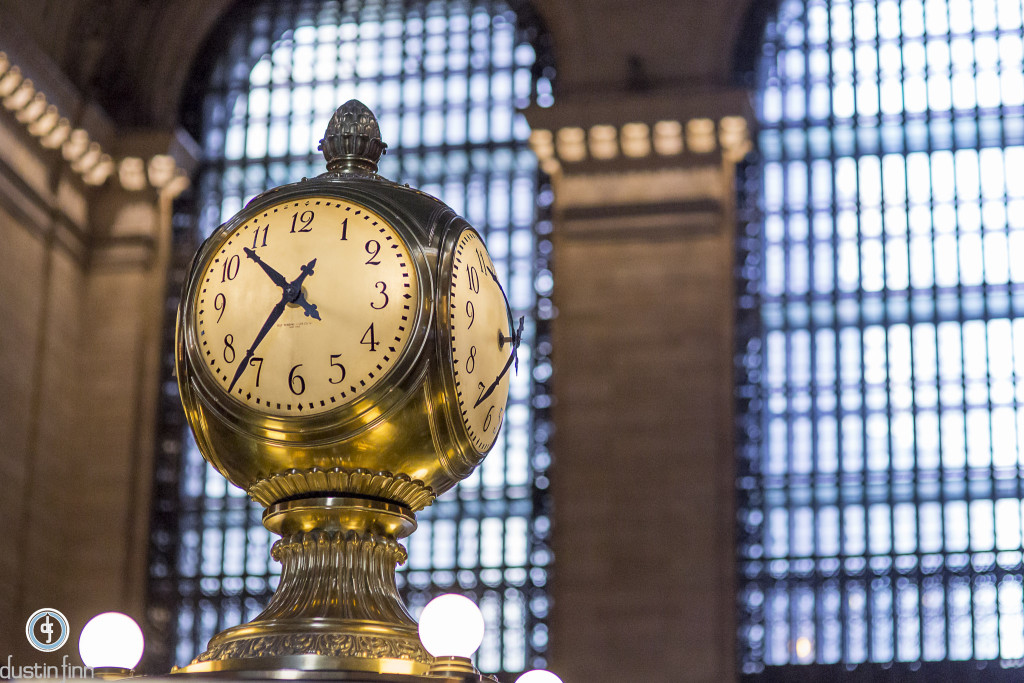
Clock in Grand Central Terminal with 4 opal faces.
We are then brought through the terminal, shown some hallways, some elevators, some other lights – all amazing items in this beautiful terminal that people were just walking through and then we’re provided hard hats and told to settle into a group to get in the depths of the building.
Dan is full of information and animation – really to the point – really straight on – and really good at what he does. We move on through the building and into the “War Room” which is where we discuss what we will see at the Control Room. The War Room is really just a meeting space, large table and chairs – nothing super special except for it being able to view into the two story control room.
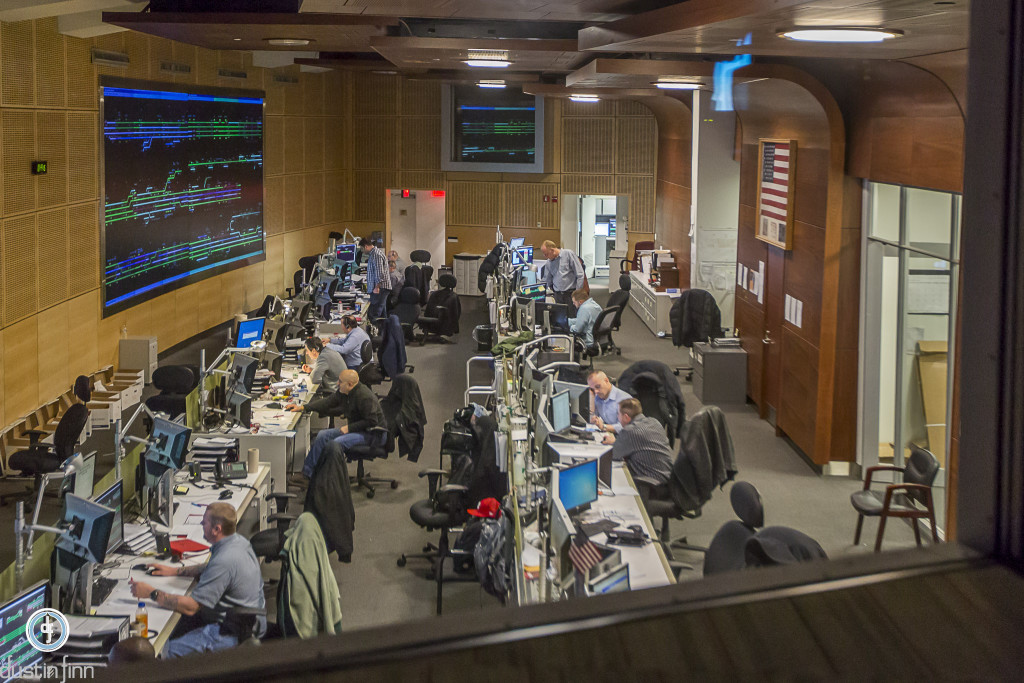
The two story double large screen Control Room has all tracks coming into and going out of Grand Central Terminal with operations at desks and monitors below to manage the flow, alert for issues or otherwise just be aware of the switching needed to manage all these trains coming and going.
With a full disclosure on what we can and CANNOT do while visiting the control room – we are told that this is where we will make the entrance into the Clock. The Clock on top of Grand Central. In the photo of the control room you will see a flag on the right hand side, under that flag is a door, behind that door is a concrete wall – with a hole in it.
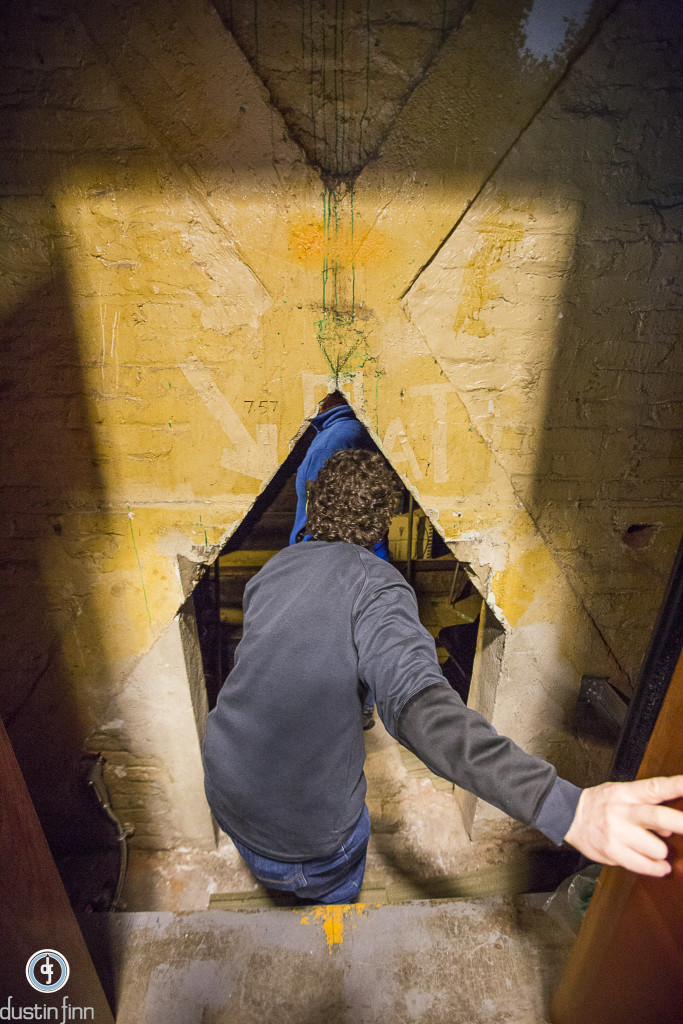
Through the door, through the concrete hole, to a series of ladders and walkways and then in to the clock.
Traveling through this we climb a ladder to then cross over to the loft area where the clock, lights and all mechanical aspects are.
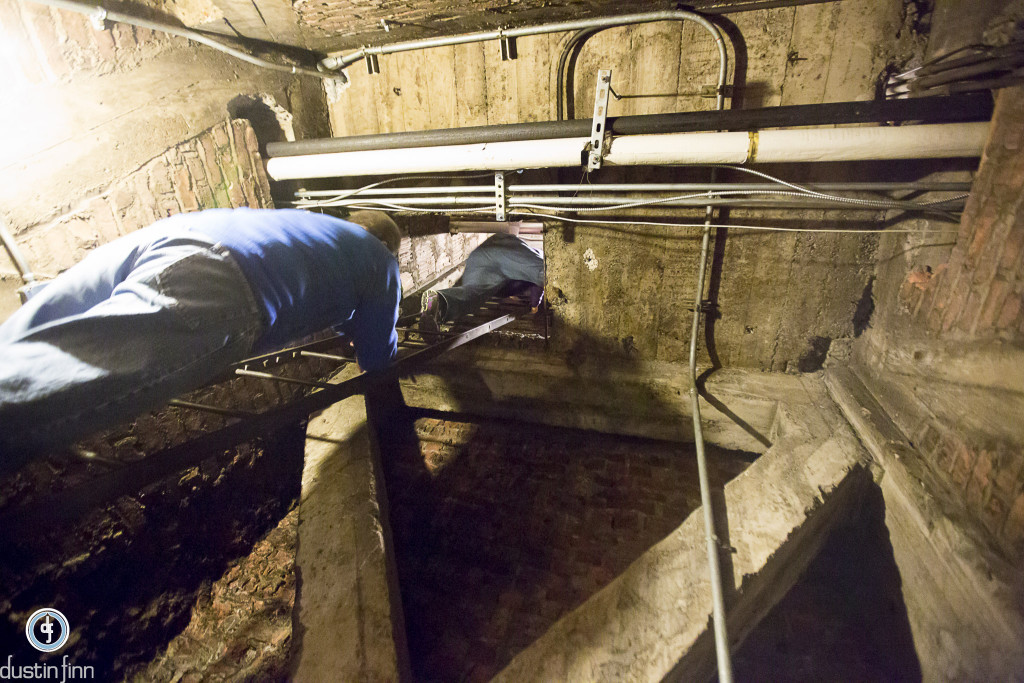
Clock Tower Ladder
Through the various turns and ladder climbs you’re working your way to the top – here is the clock from the outside
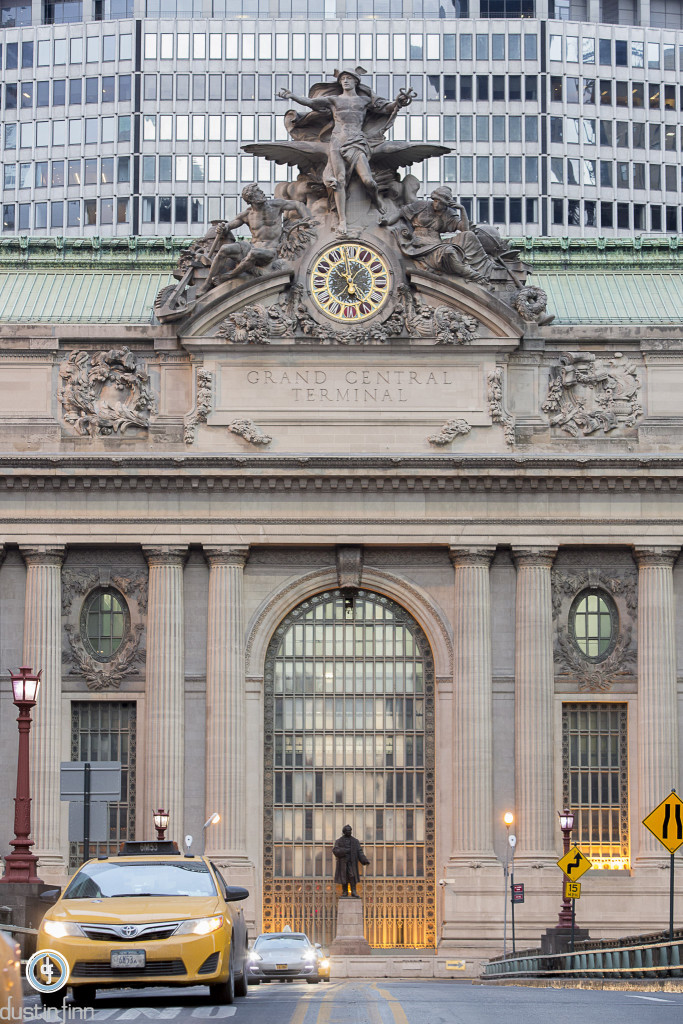
Grand Central Terminal Clock
Once through and into the loft/tower area you are greeted with being right behind the clock of the Grand Central Terminal building – this clock overlooks Park Avenue.

Looking through the window of the number 6, you can see the street below.

Behind the clock – full mechanics, lighting and Tiffany glass looks amazing – even on the backside.
While anyone would have been satisfied with just this experience – we have two more areas to visit – as we exit this area we are shown to a set of a steps to take to where we will then get to see the upper levels and glass floor catwalks.
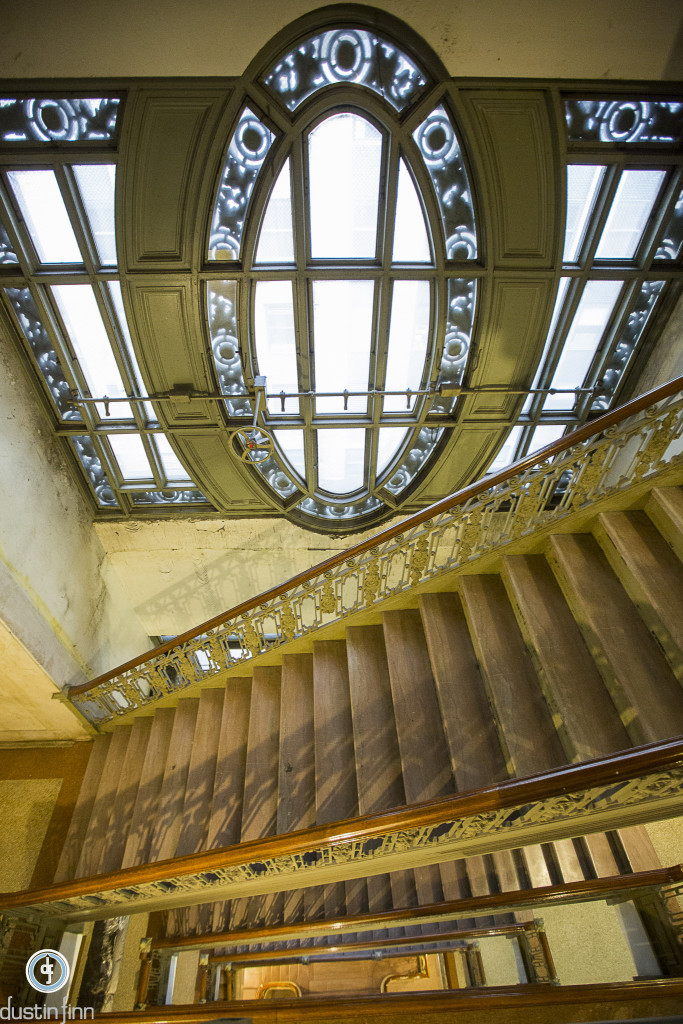
Internal stairways on the opposite sides of the clear glass walkways.
On the Glass Catwalks
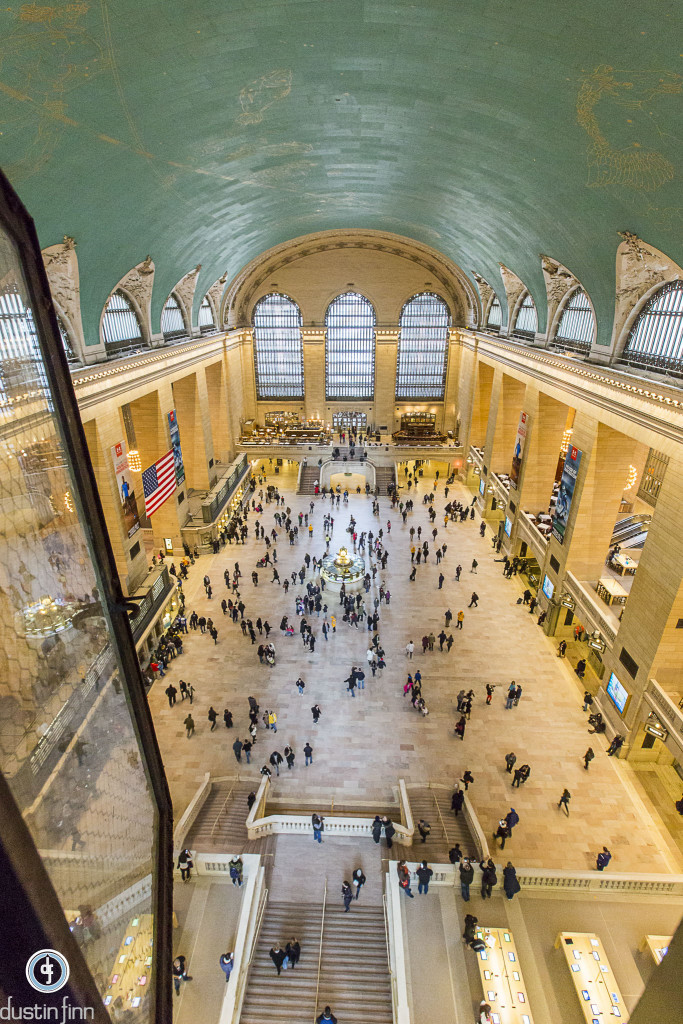
You can see the opposite side windows under the 3 arches. This is identical to where this photo is taken from and allows the workers to traverse each side of the terminal without having to get into the mix of passengers below on the main level. You are standing on glass floored catwalks – stories above the ground.
Kneeling on the glass floor – you look through the small windows at the top of the arch – viewing the below travelers and sight seers walking through their day.
We are now done with the above ground portion of the tour and are told we are going track side to see the under world of the terminal and some special area that we can only go to if the President Of The United States is NOT coming to NYC.
Taking an elevator and then steps to the outside street we are walked through an alley way and into the door on the side of a hotel and then further through the dark stairwells to finally meet track 60:
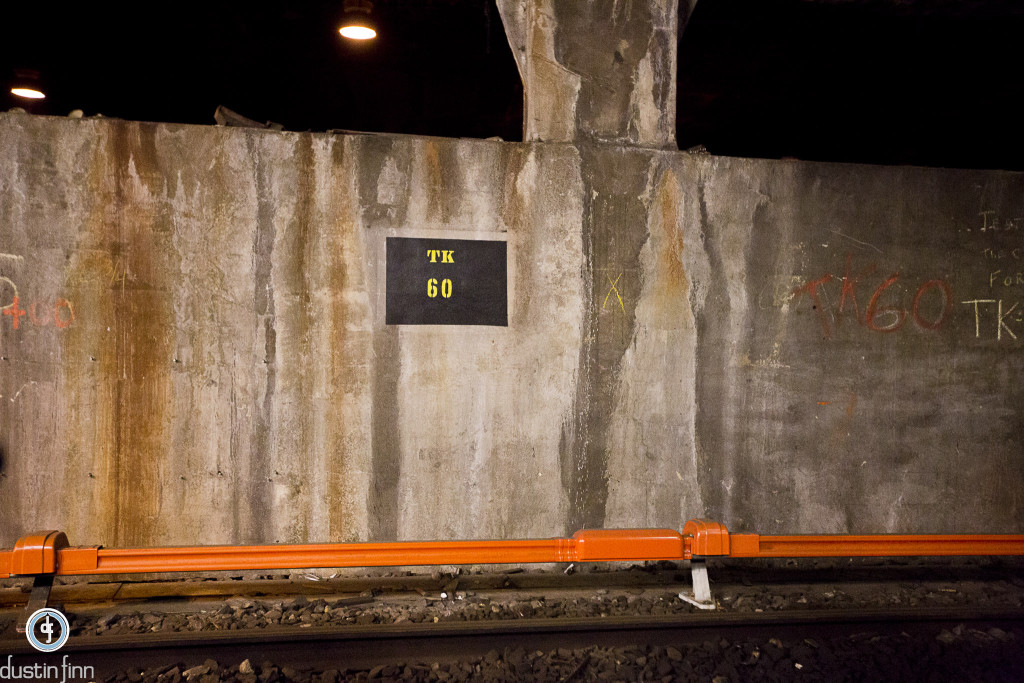
Now it’s actually Track 61 that is the not-so-secret track that allowed private access to the Waldorf-Astoria which would allow VIP and FDR when he was President Of The United States access to the hotel without ever leaving their train car.
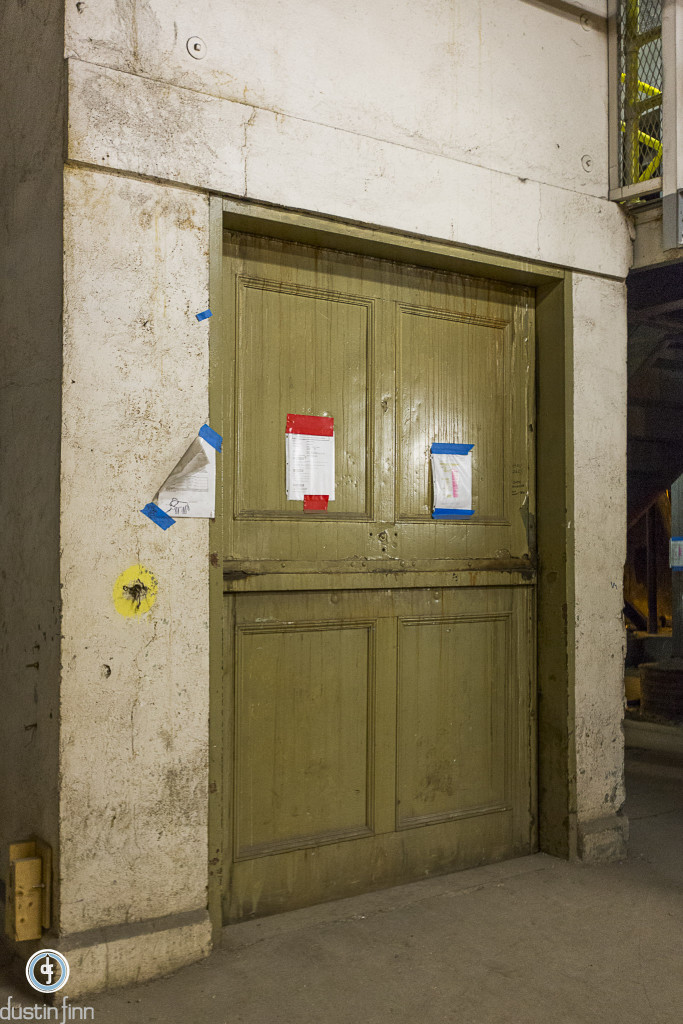
Waldorf-Astoria Elevator Doors – The Presidents car would drive off the train car, onto the platform, and then into the elevator – never seeing a public eye.
It was Franklin D. Roosevelt who had a motor vehicle, inside a rail car, that would enter this platform under the hotel and use a special elevator to gain access to the hotel and suites.
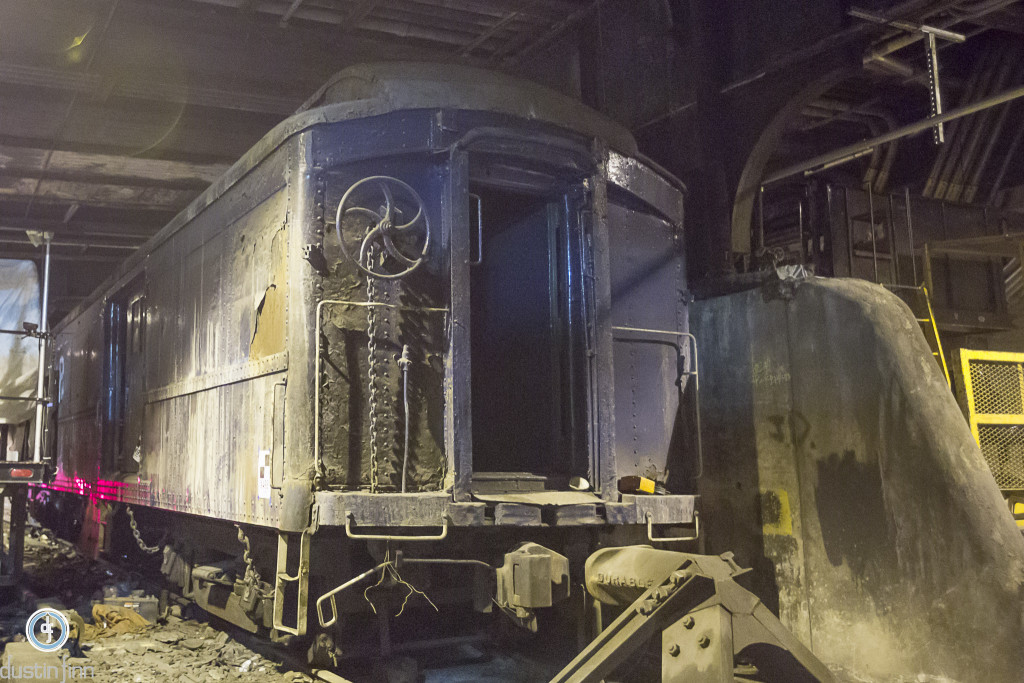
FDR Train Car
Finally we end with what we were told was the left over train car from when the track was still operational with older trains – this is rumored to be the car that FDR used. Dan from the Metro North Railroad states that the car arrived in the 1930’s and stayed there. It is completely reinforced with heavy load bearing springs along with armored side walls and glass windows that are multiple pieces put together in an attempt to make the glass itself (back in the 1920’s) bullet proof.
References for further information:
- The New York Times – https://www.youtube.com/watch?v=99buqSVBuOo
- Christine Van Blokland – https://www.youtube.com/watch?v=WrH3l_qUIkg


